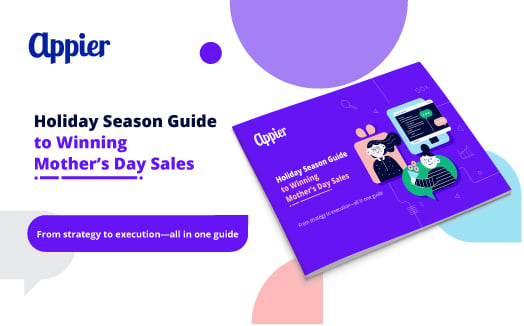4 min read
What is a Cohort?
A cohort, in the context of marketing, refers to a group of users who share a common characteristic or experience within a defined time frame. This could be based on various factors such as:
- The date they first installed an app
- Their demographic information (age, location, etc.)
- Specific actions they've taken within an app
- Purchase behavior
For example, a cohort might consist of all users who installed a fitness app in January 2024, or all users who made their first in-app purchase during a specific promotional period.
The Importance of Cohort Analysis in Mobile Marketing
Cohort analysis allows marketers to track and understand user actions in a more segmented and detailed manner. By grouping users into cohorts, marketers can:
- Identify user behavior patterns
- Measure retention rates
- Analyze the effectiveness of marketing campaigns
- Optimize user experiences
- Make data-driven decisions to improve app performance
Types of Cohorts in Mobile Marketing
There are two main types of cohorts commonly used in mobile marketing:
1. Acquisition Cohorts
These groups are divided based on when users first interacted with a product or service, such as the date of app installation. Acquisition cohorts are particularly useful for measuring retention and churn rates within specific timeframes.
2. Behavioral Cohorts
Behavioral cohorts are formed based on user actions within the product. This type of cohort allows for a deeper understanding of active users' demographics and behavior patterns.
Practical Applications of Cohort Analysis in Mobile Marketing
Let's explore some real-world examples of how cohort analysis can be applied in mobile marketing:
Example 1: Optimizing Onboarding
A mobile game developer might create cohorts based on the week users installed the game. By analyzing these cohorts, they could identify which weeks had the highest retention rates and investigate what factors (such as promotional campaigns or app updates) contributed to better user retention.
Example 2: Improving User Engagement & Experience
A fitness app could create behavioral cohorts based on how frequently users log their workouts. By comparing the behavior of highly engaged users with less active ones, the app developers could identify features that drive engagement and tailor their marketing efforts.
Example 3: Measuring Campaign Effectiveness
An e-commerce app might create cohorts based on the marketing channel through which users were acquired (e.g., Facebook ads, Google Ads, organic search). By tracking the long-term behavior of these cohorts, marketers can determine which channels bring in the most valuable users and adjust their marketing spend.
Best Practices for Cohort Analysis in Mobile Marketing
To make the most of cohort analysis, consider the following tips:
- Define clear objectives for your analysis
- Choose relevant metrics that align with your business goals
- Use appropriate time frames for your cohorts
- Compare multiple cohorts to identify trends and patterns
- Combine cohort analysis with other analytics tools for a comprehensive view
- Regularly update and refine your cohorts as your app and user base evolve
The key to successful cohort analysis lies in asking the right questions, choosing appropriate metrics, and continuously iterating on your findings. By doing so, you'll be well-equipped to make data-driven decisions that propel your mobile marketing efforts to new heights.
Unleash the Power of Predictive Marketing with Appier
Appier is revolutionizing the marketing landscape with its advanced predictive AI technology. Our platforms analyze historical data and real-time signals to forecast consumer behavior and market trends, enabling you to stay one step ahead of the competition.
As of 2024, Appier serves more than 1,700 customers globally, spanning various industries from finance to retail. The company's impressive client roster includes renowned brands such as Pizza Hut, Burger King, Clarins, Carrefour, Toyota, and BMW.
.png?width=1200&height=630&name=%E7%B6%B2%E7%B4%85%E5%B0%88%E6%AC%84banner_new%20(11).png)
%20(29).png?width=1200&height=630&name=BLOG_Banner%20(Naomi)%20(29).png)

